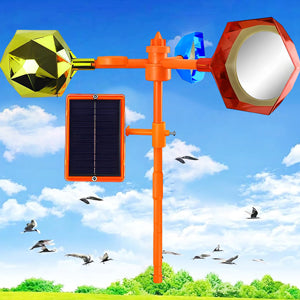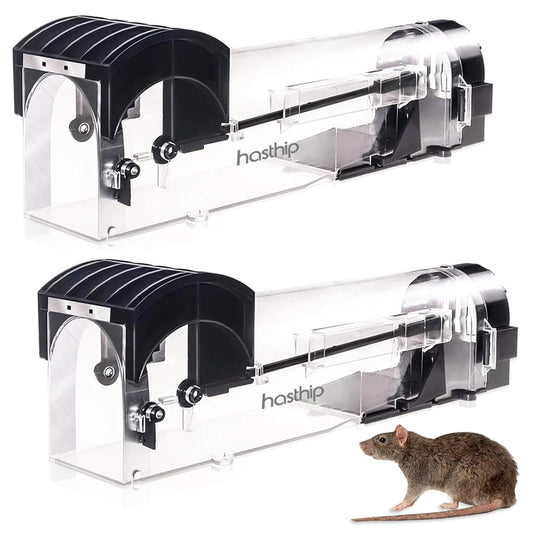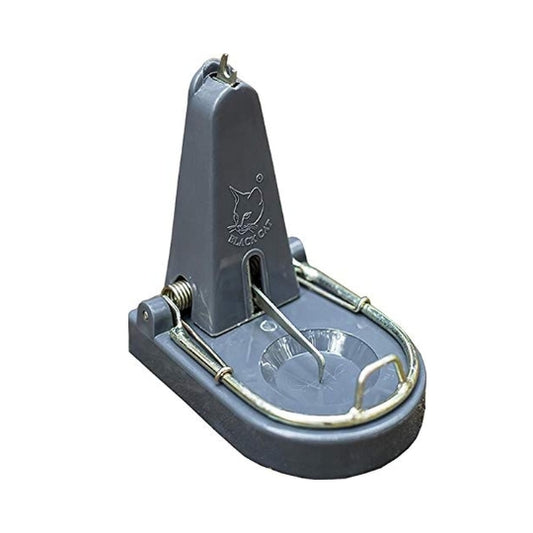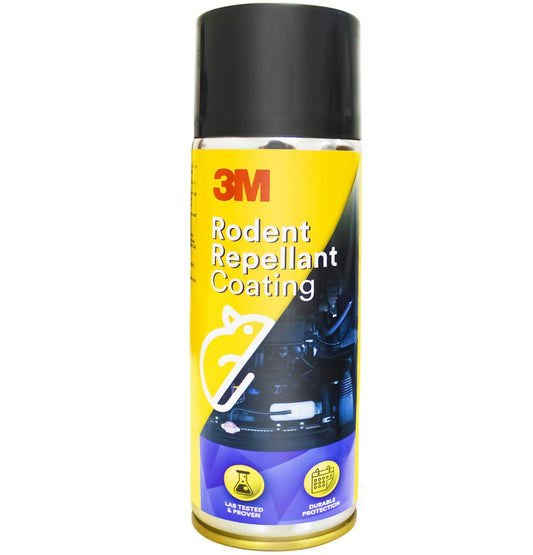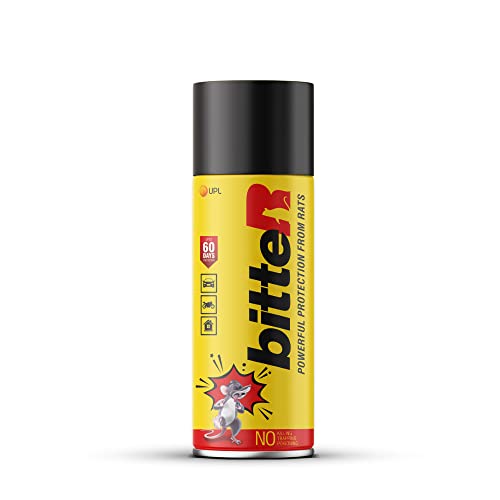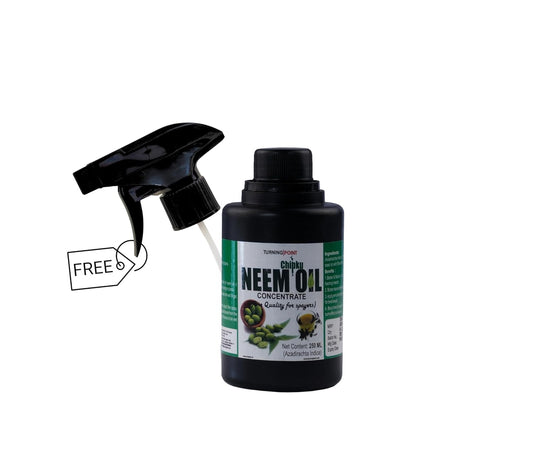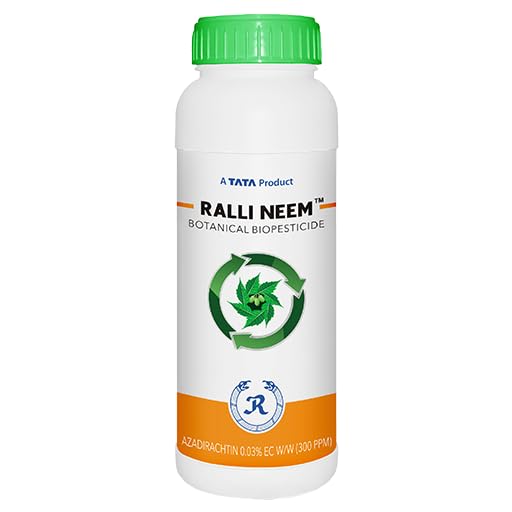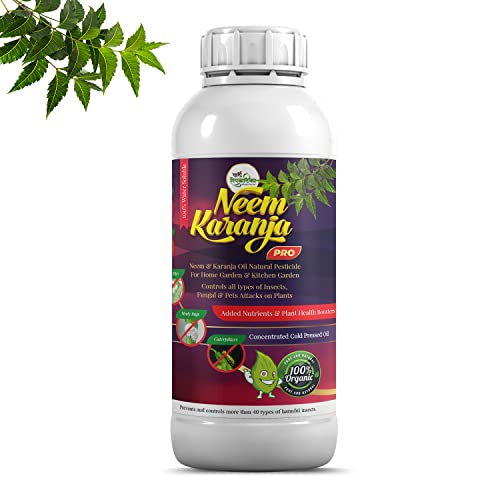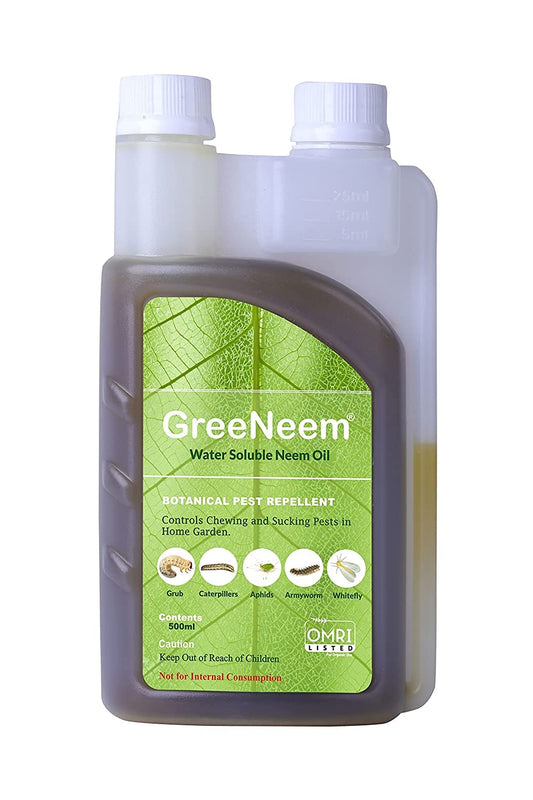
All you wanted to know about Nitrobenzene (Boom Flower) for foliar application
Share
- Boom Flower® is a plant energizer and yield booster
- Boom Flower® improves the root formation and prepares the plant to build a robust vegetative growth
- Boom Flower® facilitates better anchorage of plants & improves nutrient uptake & nutrient use efficiency of plants
- Boom Flower® induces profuse flowering and reduces premature dropping of the flowers, buds and fruits
- Boom Flower® improves organoleptic factors of the produce
- Boom Flower® induces early maturity and harvest
- Boom Flower® when applied at the critical growth stage of the crop significantly increases the yield
Tracer studies on the translocation and uptake of Boom Flower® conducted at the Radio Isotope (Tracer) Laboratory in the Department of Soil Science & Agricultural Chemistry at Tamilnadu Agricultural University, Coimbatore, India on rice, tomato and sunflower revealed the mode of action and the influence of the active ingredient (Nitrobenzene) of Boom Flower® on various growth stages of the crops resulting in higher yields.
Boom Flower® when sprayed on the foliage is absorbed through the cuticle through translaminar action and is transported to all parts of the plant including the root system.
The mode of action of Boom Flower® in inducing various biochemical pathways is in two ways :
- The NO2 in Nitrobenzene molecule is oxidized to NO3 during the absorption into the plants and is incorporated into the protein synthesis
- By another process the Nitrobenzene is reduced to hydroxylaminobenzene under aerobic and anaerobic conditions and further undergoes an enzyme catalyzed reaction to form 2-aminophenol, which undergoes a ring cleavage to produce 2-amino muconic semi aldehyde with the release of NH4 + thus influencing the protein synthesis for higher yield.
As given in the figure below, Boom Flower® spray a week prior to transplanting resulted in triggering the nitrate reductase activity on rice. Hence at the time of transplanting the higher vigorous stature of Boom Flower® treated seedlings as compared to the seedlings without Boom Flower® application was observed.
The graph below also shows a significant increase in chlorophyll content, nitrate reductase activity and nitrogen uptake which have resulted in increased biomass yield. Application of Boom Flower® also significantly influenced the uptake of other macro nutrients such as P & K and micro nutrients such as Fe, Mn, Zn and Cu due to the influence on making the root system robust and active which has resulted in more vigorous seedlings and increased biomass yield.
Additional Benefits
Boom Flower® is quickly absorbed by the plants
It is non toxic and environment friendly
At recommended dosages, it dissipates quickly in the environment
Formulation
Boom Flower® is available as Emulsion Liquid Formulation and Encapsulated Granular formulation to adapt in different agricultural practices.
Compatibility
Boom Flower® is compatible with all foliar fertilizers and most of the insecticides and fungicides predominantly used in agriculture. It is not recommended along with Bordeaux Mixture and Sulphur based chemicals.
Packing
Pack sizes in 50 ml, 100 ml, 250 ml, 500 ml, 1 liter, 5 liter and 20 liter.
Environment & Ecosystem Safety
Extensive studies have been conducted in various accredited research institutes in India and in Australia on the impact of Boom Flower® to the environment and the ecosystem. These studies have proven that Boom Flower® is an environment friendly product.
Phytotoxic Studies
These studies revealed that Boom Flower® even at 10 ml per liter of water did not cause any phytotoxic symptoms such as injury to leaf tips & leaf surface, wilting, vein clearing, necrosis and epinasty or hyponasty.
Residue Studies
Studies revealed that Boom Flower® at recommended dosages dissipates in the environment fast and the residues are well below the detectable limits in less than a day.
Waiting Period
The waiting period for the safe consumption was estimated to be less than a day at the recommended dosages of Boom Flower®.
Container Content Compatibility Studies
Studies showed that there are no changes either in the chemical or physical parameters of the formulation material stored in HDPE bottles, and hence, it is concluded that the content Nitrobenzene 20% EW (Boom Flower®) is compatible with the packaging system
Shelf – Life Study
Study revealed that the active ingredient content Nitrobenzene 20% EW is stable for 2 years under room temperature between 20OC and 27OC.
Boom Flower® – SAFETY
Mammalian Toxicity Study Results
Acute oral toxicity studies on Wistar Rats conducted at IIBAT, Chennai, India concluded that no mortality was observed at 2000 mg/kg of body weight. The acute oral LD50 for Wistar Rat of Boom Flower® was found to be >2000 mg/kg of body weight and hence, Boom Flower® is safe and practically non toxic.
Acute dermal toxicity studies on Sprague Dawley Rats conducted at IIBAT, Chennai, India concluded that no mortality was observed at 2000 mg/kg of body weight. The acute dermal LD50 for Sprague Dawley Rat of Boom Flower® was found to be >2000 mg/kg of body weight and hence, Boom Flower® is safe and practically non toxic
Acute inhalation studies on Albino Wistar Rats conducted at Shriram Institute for Industrial Research, New Delhi, India revealed the LC50 value as 4.26 mg a.i./liter and concluded that Boom Flower® is safe and practically non toxic.
Primary skin irritation studies on New Zealand White Rabbits conducted at IIBAT, Chennai, India concluded that none of the animals exhibited any skin reaction during the observation period and declared Boom Flower® a non irritant.
Irritation to mucous membrane studies on New Zealand White Rabbits conducted at IIBAT, Chennai,
India concluded that mild irritation to the mucous membrane was observed and concluded Boom Flower® is a mild irritant.
Skin sensitization studies on Guinea Pigs conducted at Shriram Institute for Industrial Research, New Delhi, India concluded that the repeated application of Boom Flower® did not induce any skin sensitization (allergies) in any of the test animals.
Bird Toxicity Study Results
Acute oral toxicity studies on Chicken conducted at Shriram Institute for Industrial Research reveals that the LD50 value for Boom Flower® is 3020 mg/kg of body weight and hence Boom Flower® is safe and practically non toxic.
Acute oral toxicity studies on Pigeon conducted at Shriram Institute for Industrial Research reveals that the LD50 value for Boom Flower® is 2399 mg/kg of body weight and hence Boom Flower® is safe and practically non toxic.
Earthworm Toxicity Study Results
Acute toxicity studies on Eudrilus euginea conducted at Tamil Nadu Agricultural University reveals that the LC50 value for Boom Flower® is 7890 mg/kg soil and hence, Boom Flower® is safe and practically non toxic.
Acute toxicity studies on Perionyx excavatus conducted at Tamil Nadu Agricultural University reveals that the LC50 value for Boom Flower® is 6620 mg/kg soil and hence, Boom Flower® is safe and practically non toxic.
Fish Toxicity Study Results
Acute toxicity studies on Tilapia mossambica conducted at Tamil Nadu Agricultural University reveals that the LC50 value for Boom Flower® is 165.63 mg/liter and hence Boom Flower® is safe and practically non toxic.
Sensitivity to Beneficial Arthropods
Laboratory and Field studies showed that beneficial insects like crysophids, coccinellids and spiders were slightly sensitive at the recommended dosages of Boom Flower® for a few days and the activity increased to normal level within 2 weeks.
Field studies revealed that honey bees, Indian (Apis cerena indica), Italian (Apis mellifera) and dammer bees (Trigona irridipennis) were found to be slightly sensitive at the recommended dosages of Boom Flower®. In the field a reduction in the activity of the honey bees were observed immediately after the application of Boom Flower® and the bee activity increased within a week.










